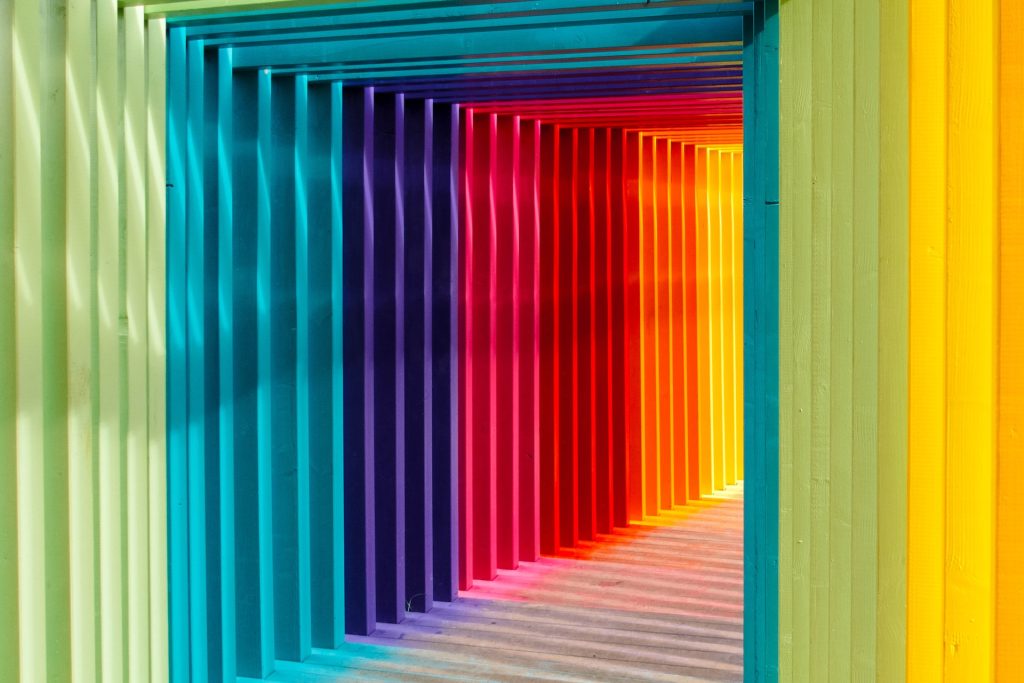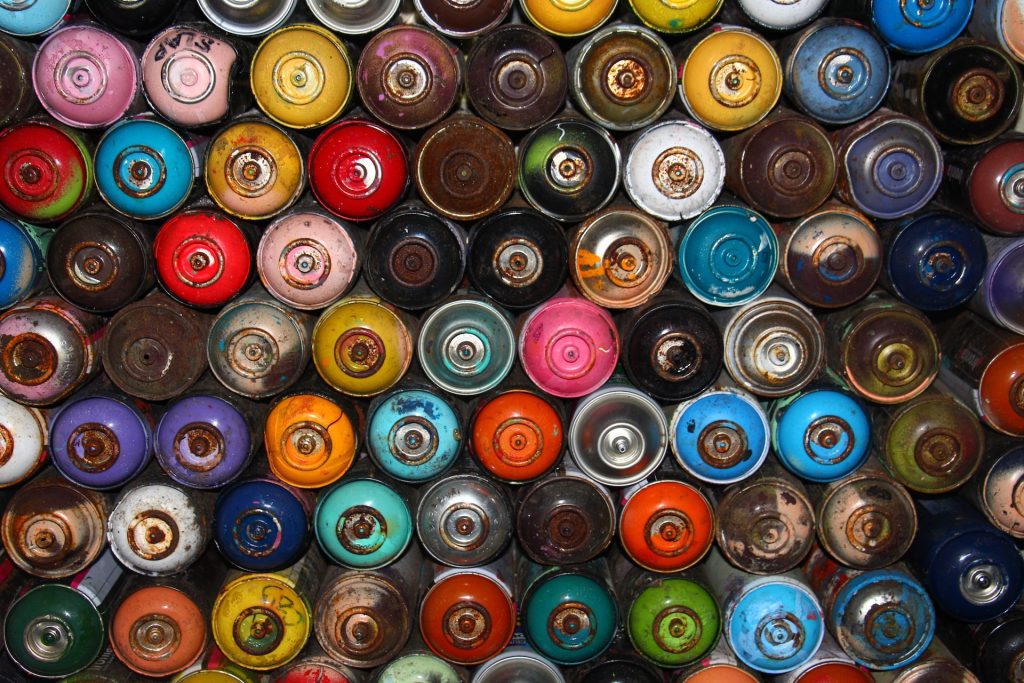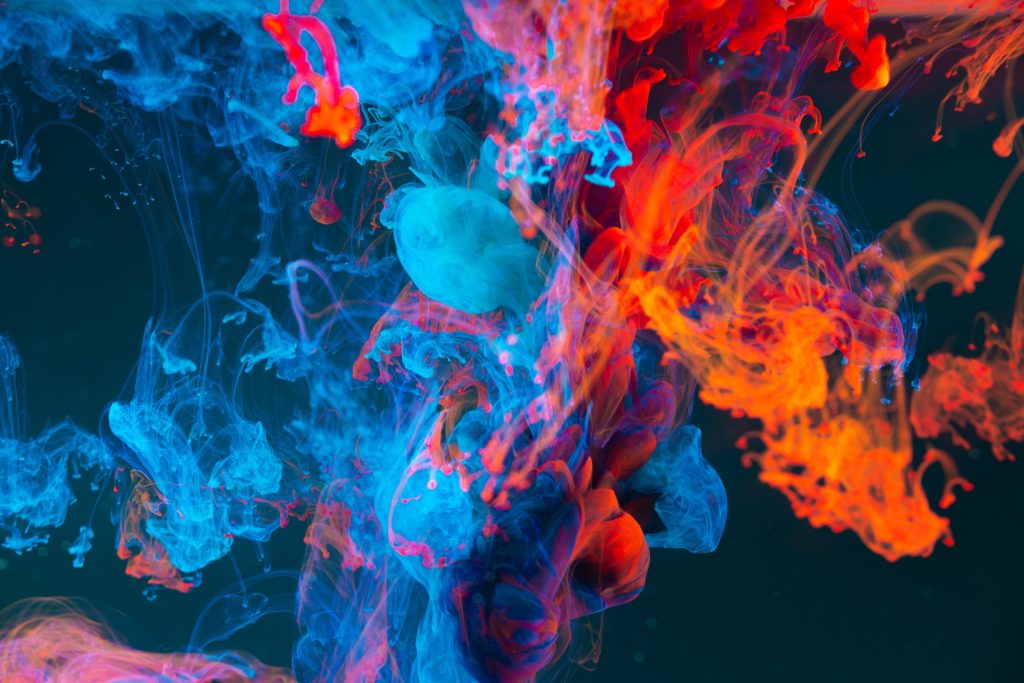Colors are all around us, painting our world with vivid hues and shades. But have you ever stopped to wonder how colors are formed, why achieving color in film was once a formidable challenge, or what the rarest colors on Earth are? In this blog post, we’ll dive into the fascinating world of colors, peeling back the layers to reveal the scientific wonders behind the spectrum, the evolution of colored film, and some curious facts that will leave you seeing the world in a whole new light.

The Birth of Colors: A Symphony of Light and Perception
At its core, the formation of colors is a remarkable interplay between light, objects, and the human eye. Colors are a result of light interacting with matter, and this interaction can be broken down into three primary ways:
- Absorption: When an object absorbs certain wavelengths of light and reflects others, we perceive the reflected wavelengths as the color of the object. For example, a red apple appears red because it absorbs all colors except red.
- Reflection: Some objects appear a certain color because they directly reflect specific wavelengths of light. A white shirt, for instance, appears white because it reflects all visible light.
- Transmission: In some cases, objects allow certain wavelengths of light to pass through, absorbing or reflecting others. Colored glass or stained glass windows demonstrate this phenomenon.
The Challenge of Colored Film: A Technological Odyssey
While the science of color perception was understood for centuries, translating that knowledge into colored film was a formidable task, and it posed significant challenges. Early filmmakers worked tirelessly to create color in cinema, and it wasn’t until the 20th century that they achieved significant breakthroughs.
Early Attempts: Early color films relied on hand-tinting individual frames or applying color dyes to black and white film. While these methods produced color, they were labor-intensive and not well-suited for mass production.
Technicolor: The breakthrough came with the introduction of the two-color Technicolor process in the 1910s. This process used a beam splitter and two strips of film to capture two primary colors, creating a limited color palette.
Full-Color Movies: The advent of three-color Technicolor in the 1930s revolutionized the film industry. By capturing red, green, and blue channels, it allowed for the production of full-color movies. “The Wizard of Oz” (1939) and “Gone with the Wind” (1939) were early examples of this technology.
Modern Filmmaking: Today, color in film is achieved through digital processes, creating a vast spectrum of vivid colors with incredible precision and depth. This has opened up new possibilities for filmmakers in terms of storytelling and aesthetics.

The Rarest Colors: Nature’s Hidden Gems
Nature offers a stunning palette of colors, but there are rare hues that are less commonly encountered:
- YInMn Blue: Discovered in 2009, YInMn blue is a vivid blue pigment created by blending yttrium, indium, and manganese. It’s prized for its radiant, heat-resistant, and non-fading properties.
- Murasaki: This rare and ancient Japanese word for the color purple is rich with history and cultural significance, harkening back to the Heian period in Japan.
- Lapis Lazuli: This deep blue color comes from a semi-precious stone called lapis lazuli, which has been used as a pigment in art for centuries. It was once more valuable than gold.
- Red Beryl: Red beryl, also known as bixbite or red emerald, is one of the rarest gemstones on Earth, known for its striking red color and scarcity.
- Sarcoline: Sarcoline is a warm, fleshy color, often associated with human skin tones. It’s a rarely used term in the world of colors.
Fun Facts About Colors
Colors are full of captivating facts and curiosities:
- Color Vision: Did you know that some animals, like dogs, see a limited range of colors, while mantis shrimp have the most complex color vision of any known animal?
- Color Associations: Different colors evoke unique emotions and associations. For example, red is often associated with love and passion, while green signifies growth and renewal.
- Language of Colors: Different languages have varied names for colors. Some languages, like Russian, have distinct words for light blue and dark blue, while others, like Japanese, have unique words for colors like “mizu” (water-like) and “kon” (dark blue).
- Food Dyes: Food dyes have a fascinating history. Many food dyes are derived from natural sources, but some synthetic dyes like “Blue No. 1” and “Blue No. 2” were once derived from coal tar.
- Colorblindness: Approximately 8% of men and 0.5% of women of Northern European descent experience some form of colorblindness, which makes it difficult to distinguish between certain colors.

Colors are not just a visual experience; they are a magnificent interplay of science, perception, and culture. From the formation of colors through the dance of light to the historic struggle for color in film, and the rarest colors hidden in the natural world, colors are a vibrant tapestry woven into the very essence of our lives.
As you go about your day, take a moment to appreciate the kaleidoscope of colors that surrounds you, and remember that each hue is a product of both scientific marvels and the endless wonders of the natural world. Colors are more than meets the eye; they’re a testament to the beauty of our world and the mysteries that lie just beneath the surface.





